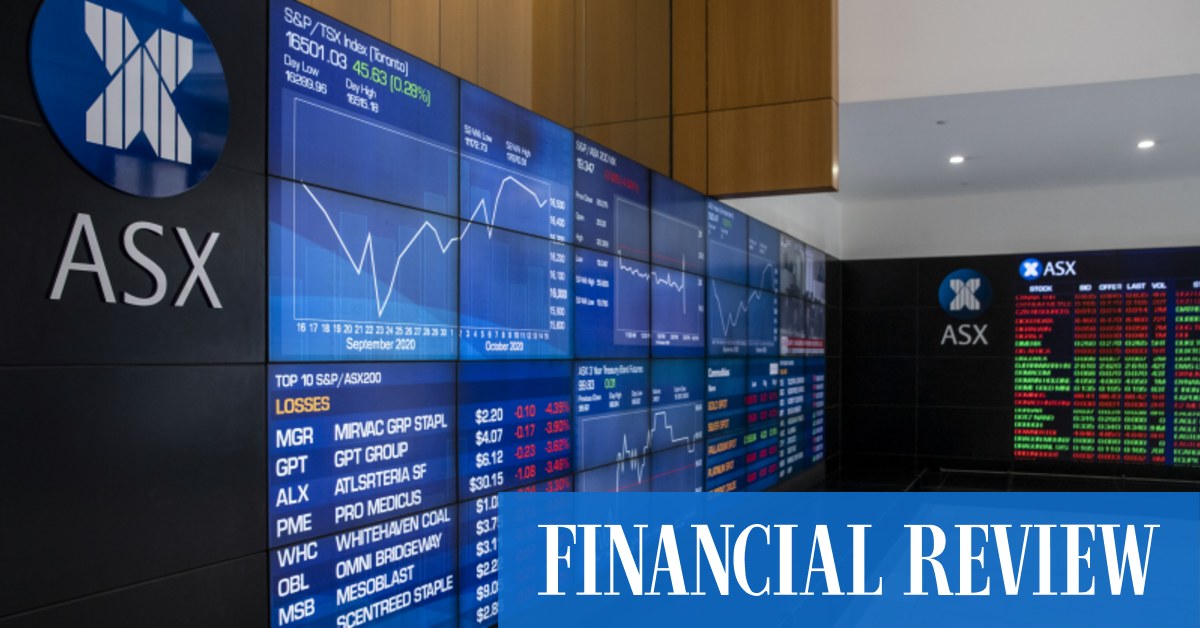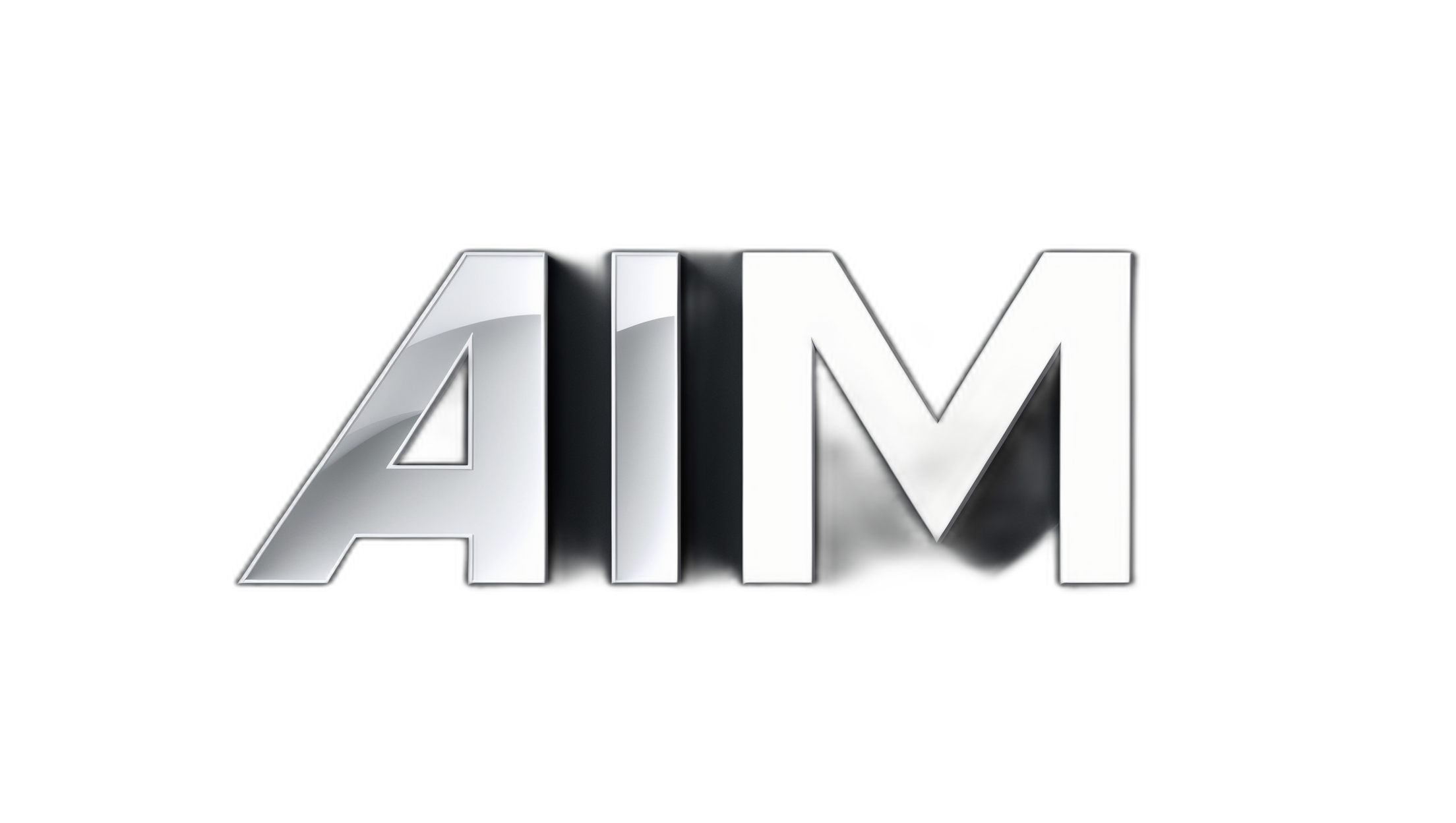
ASX abandons its blockchain project: “They were building a Frankenstein”
CHESS, the record of equity ownership that underpins all activity, works by the ASX and all the different computer systems used by brokers and the other players in the market sending messages to each other. Stockbroker systems have maintained copies of registers. When a company needs to pay a dividend or conduct a capital raising, it’s sometimes hard to be sure who holds the stock, especially given settlement occurs up to two days after a trade is made.
In an ideal world, blockchain might compress that T+2 settlement time to real time by allowing payments and ownership records to move simultaneously. A lot of the reconciliation and administrative processes taking place all day in broker and investor offices could be streamlined if everyone knew everything about an equity concurrently.
Blockchain had arrived at a good time for ASX: regulators wanted it to replace an ageing CHESS system, written in an antiquated programming language called COBOL that used proprietary messaging standards that were expensive to maintain and retrofit into newer trading systems.
Funke Kupper figured ASX could help to create new data standards for market innovators to build upon. Investors and listed companies would be better off, costs would reduce, and Australia could become a genuine world leader in financial market innovation.
But this week – after a series of delays on the Digital Asset project starting in 2020 – his vision is in tatters. ASX said on Thursday it would shut down the project and take a $250 million writedown, after Accenture identified a litany of problems, including excessive complexity.
Two months after ASX said it would invest in Digital Asset, then run by former JP Morgan investment banker Blythe Masters, Funke Kupper stood down as CEO – after foreign bribery allegations which later proved unfounded — and passed the baton to Dominic Stevens. In time, Stevens would realise his predecessor’s vision would be tough to deliver.
At the heart of ASX’s spectacular failure was the unsettling nature of innovation to all those market intermediaries: what the ASX saw as potential savings, registries and other companies profiting handsomely from clipping the tickets on trading and company actions saw as an attack on their revenue bases. Australian investors pay about $1 billion each year for registry services.
‘Overly complicated’
The response to threats of disruption were then compounded by ASX management failings, especially an inability to showcase why the changes were necessary and setting unrealistic timelines on project delivery.
ASX deputy CEO Peter Hiom left ASX in May 2021, setting off a string of senior executive departures. AAP
By 2019, it had dawned on registries like Link Market Services and Computershare they needed to mount a rearguard action to slow ASX down. They were concerned the ASX was using a monopoly power in clearing and settlement to move on to their turf.
A lobby group known as the CHESS Replacement Stakeholder Group was founded; the registries were joined by industry groups the Australian Investor Relations Association, the Governance Institute of Australia, the Stockbrokers and Financial Advisers Association and the Australian Shareholders Association. Concerns were raised that the ASX had adopted a tin ear when it came to market consultation.
Much of that criticism was justified. The ASX failed to properly explain the benefits of the new system including the sorts of services that might be built on top of it. This made it hard for companies initially supportive of the project, including several large investment banks and broking houses, to determine the return on investment as they tried to understand the new technology and how to connect to it.
A series of compromises were made. The role of registries would be preserved. Delayed settlement times would stay in place. All the intermediaries in the market would keep their roles. But inevitably, this meant that the potential for the technology would never be realised.
Superhero co-founder Wayne Baskin: “All of a sudden, you are building a Frankenstein.” Rhett Wyman
“When you go to something like blockchain, you need to rethink everything from the ground up,” says Wayne Baskin, co-founder of Superhero, which has developed a new trading platform for stocks.
“The ASX project was overly complicated. You see this in so many projects: you think you are going to build an amazing new system, but then one stakeholder says, ‘what about this?’ and another says, ‘what about that?’ And all of a sudden, you are building a Frankenstein.
“Blockchain is a great technology. But when you are trying to cram blockchain to redo what you are currently doing, that is where you are going to struggle.”
Others agree that the ASX plan was just too ambitious, and the exchange bit off more than it could chew.
“When you are driving in the desert and your life depends on it, you need a diesel Landcruiser and not a hybrid Ferrari,” says Vic Jokovic, chief exectuive of Cboe Australia, which competes with ASX on equities trading.
Vic Jokovic, chief executive of Cboe: “You need a diesel Landcruiser and not a hybrid Ferrari.” Renee Nowytarger
Stevens, while seeing the ultimate benefits to the market of more streamlined information flows, struggled to provide clarity about the project’s timetable. The ASX ran into plenty of trouble setting deadlines it could not meet.
After initially targeting a go-live date of late 2020 or early 2021, when the coronavirus hit in March 2020, ASX said the date would be delayed to April 2022. Then, in October 2020, it announced another year-long delay to April 2023, citing the need to ensure the system was able to withstand extreme trading volumes like those seen during the pandemic.
Market participants, who were busy training up staff on the new programming language, started to lose the faith. Compounding the issues, the ASX started to lose senior members of its executive management team with carriage of the project, most notedly deputy CEO Peter Hiom, who left in May 2021.
After giving assurances the project was almost fully complete, Stevens said in February this year he would bow out. A month later, ASX confirmed the upgrade would be delayed for the fourth time, after a three-month delay to a software upgrade from Digital Asset. Then in May, it said the April 2023 start date had been abandoned, and in August announced the fifth delay, saying it did not expect it to go live before late 2024.
New CEO Helen Lofthouse called in Accenture to assess the project. The writing was on the wall.
‘Red flags were raised by so many stakeholders’
Over the years, critics have emerged, and the role of regulators ASIC and RBA has been called into question.
Queensland senator Paul Scarr, who called for an independent review of the project two years ago, said on Thursday that when he first raised issues, “the ASX downplayed my concerns and rejected the need for an independent expert review”.
“More than two years later, Accenture now delivers this devastating report. But I was not the first to raise issues. Market participants were raising concerns before me. I find it difficult to fathom how a project like this could go so far off the rails when red flags were being raised by so many stakeholders.”
ASX has been forced back to the drawing board to scope out what a new CHESS should look like. It remains unclear whether blockchain will play any role in a new system. The ASX said it would establish an industry forum to provide input. But many in the industry are simply fed-up – which is set to make it much harder for ASX to convince the market it has the capability to manage complex technological change.
“People are jaded and will scrutinise any plan B with a healthy degree of cynicism,” said the head of one large broker.
FinClear CEO David Ferrall: “If you are thinking about something more efficient in this space, you have to blow up what is there.” Kate Geraghty
David Ferrall, CEO of FinClear, a major participant in settlement and clearing, says the future for CHESS might require the creation of a greenfield system, built from the ground up, rather than reverse-engineering a solution on to cumbersome, existing processes.
“Disruption has always come about by blowing up existing infrastructure, and thinking in a new and/or different way,” he says.
“If you think about what the ASX is doing, they are replacing existing infrastructure with a more efficient messaging system, which we have been supportive of because I would rather have a better functioning mousetrap than one that doesn’t function.
“But the reality is, if you are thinking about something more efficient in this space, you have to blow up what is there and move away from all the wagon-wheel suppliers that sit around the outside, all trying to justify their existence by adding fees and services.
“Technology has proven time and time again it can reduce friction – and that is how it should be deployed.”
This content was originally published here.




